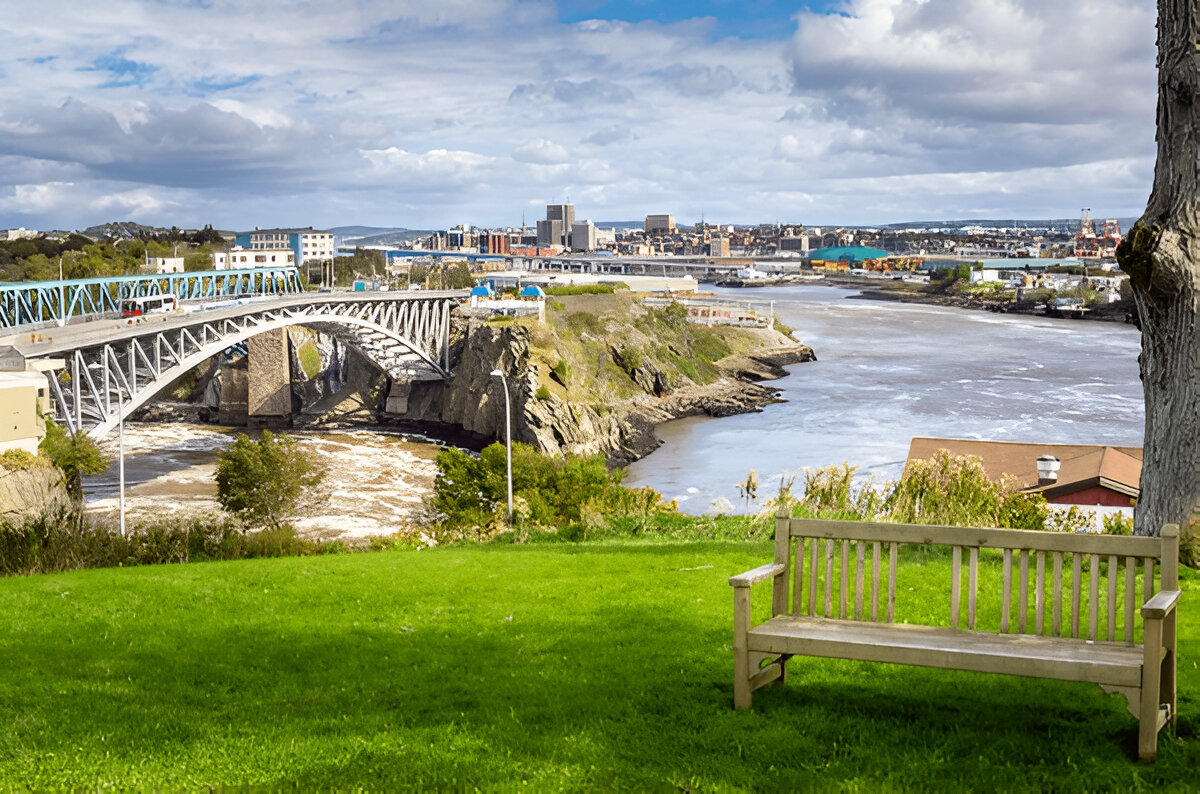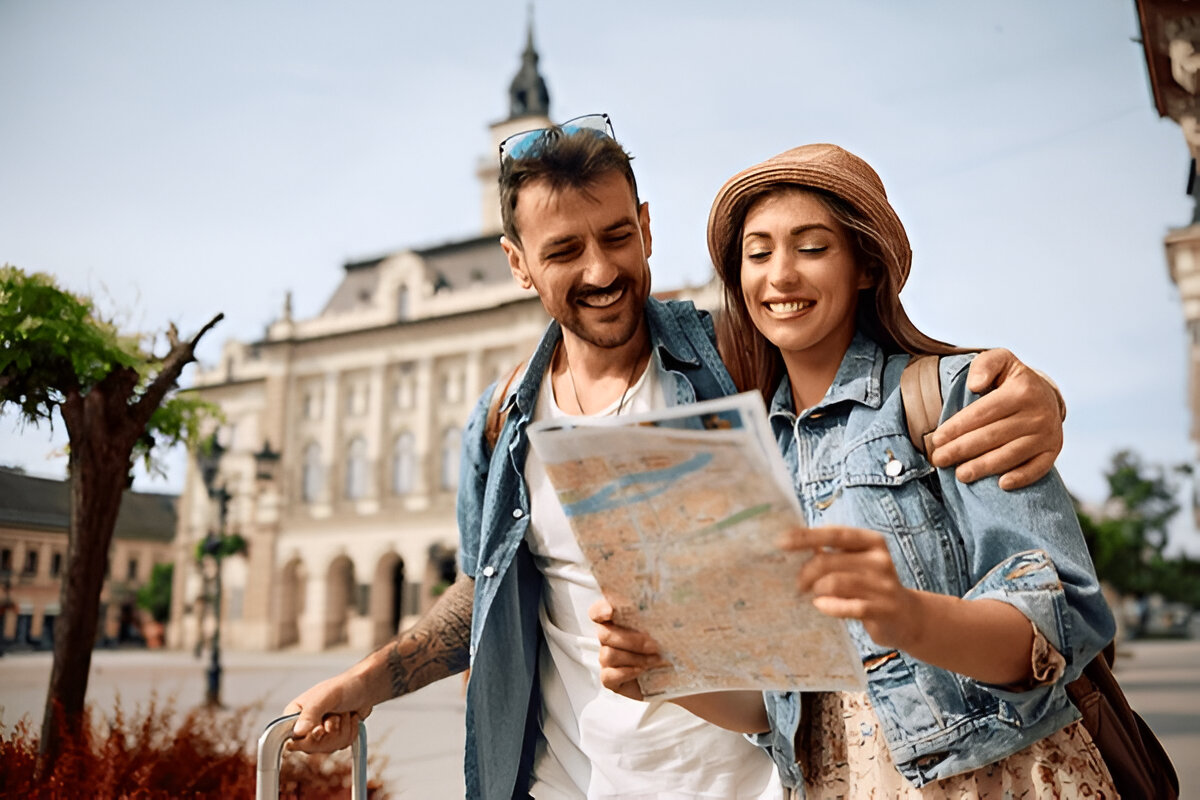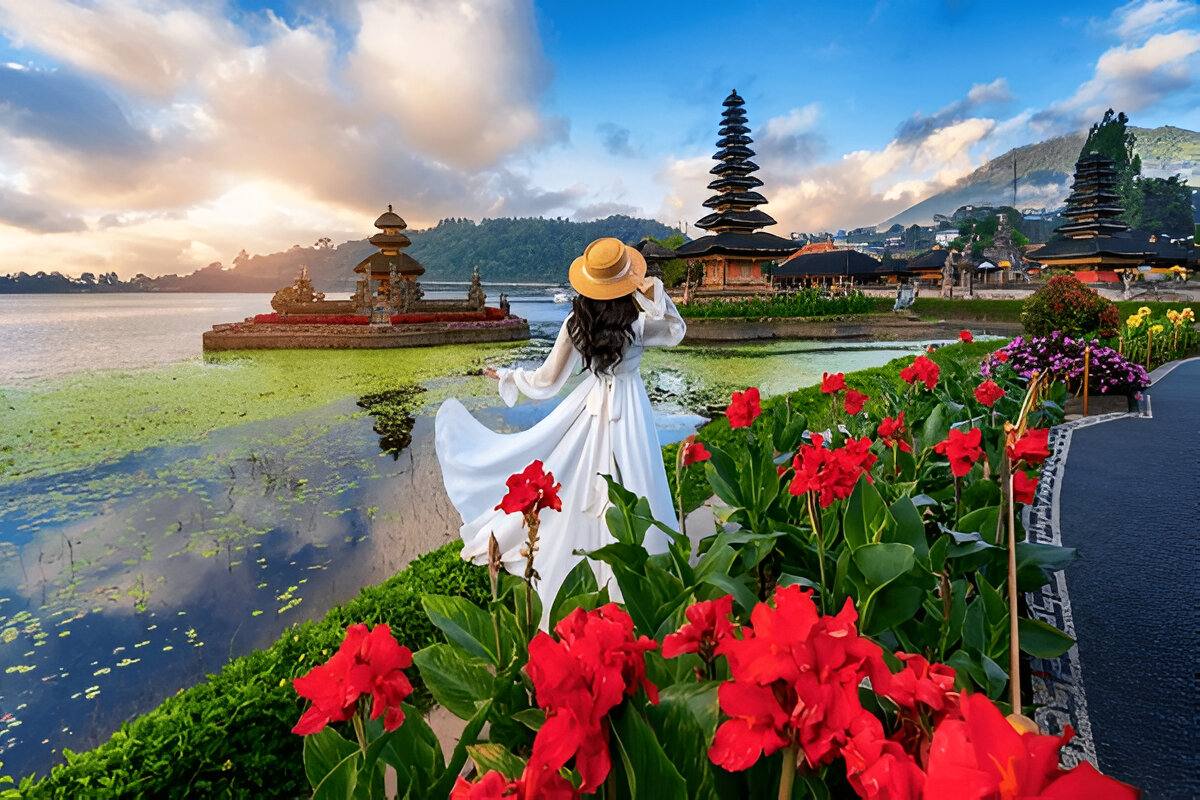
Reverse tourism encourages people to venture beyond the well-trodden tourist paths and explore hidden cultural routes within their own country. Instead of relying on international destinations, travelers are turning to local heritage trails, historical pathways, and lesser-known cultural experiences that provide deeper insights into their nation’s identity.
In this article, we’ll delve into the beauty and significance of hidden cultural routes, showcasing the rich, untold stories that lie off the beaten track. Whether you’re a history lover, an adventure seeker, or a culture enthusiast, there’s a hidden cultural route waiting to be explored right in your own backyard.
1. Understanding the Concept of Cultural Routes
A cultural route is essentially a pathway or itinerary that connects places of historical, cultural, or artistic significance. These routes often tell the story of a region’s heritage, highlighting significant landmarks, festivals, traditions, and natural landscapes. Reverse tourism invites travelers to discover these local treasures, many of which remain largely unknown to the broader public.
These routes are not just about seeing places—they are about experiencing culture. As you walk or drive along these lesser-known paths, you’ll encounter local customs, hidden gems, and rich histories that would often be missed on more conventional tourist routes.
2. The Rise of Self-Guided Cultural Journeys
One of the major trends in reverse tourism is the increasing popularity of self-guided cultural journeys. With smartphones, apps, and websites offering detailed itineraries and interactive maps, travelers can now embark on their own personal adventures along hidden cultural routes.
These self-guided journeys offer flexibility, allowing travelers to explore at their own pace. Whether you’re walking through a historic village, cycling along ancient trade routes, or driving through scenic backroads dotted with cultural landmarks, self-guided tours provide the freedom to uncover a country’s hidden history and heritage on your terms.
3. The Camino de Santiago: A Classic Example of Reverse Tourism
One of the best-known cultural routes, the Camino de Santiago (or Way of St. James), is a prime example of reverse tourism. Though traditionally associated with pilgrims from around the world traveling to Santiago de Compostela in Spain, this route also offers a profound journey for locals seeking to reconnect with their country’s religious, historical, and cultural heritage.
As reverse tourism continues to grow, more people are rediscovering local cultural trails, like the Camino, not just as a place of religious pilgrimage but as an opportunity to reconnect with the spiritual and cultural heart of their homeland. Along the way, travelers encounter quaint villages, ancient churches, and breathtaking landscapes, offering a unique perspective on the country’s rich history.
4. Finding Hidden Cultural Routes Near You
Cultural routes can be found in virtually every country, and many travelers are only scratching the surface when it comes to exploring these hidden gems. Whether it’s an ancient road that was once used for trade, a mountain trail that holds cultural significance, or a river path that connects several local villages, these routes are waiting to be discovered.
To find hidden cultural routes in your own country, start by researching local heritage organizations, cultural tourism boards, or even talking to locals who may have insight into lesser-known paths. Many regions offer detailed maps and guides to these routes, showcasing unique historical sites, traditional villages, and unusual attractions that tell the story of the land.
5. Journeying Through Indigenous Territories
In many countries, indigenous communities have long maintained cultural routes that reflect their traditions, values, and history. Traveling along these routes can offer a rare opportunity to connect with the authentic cultures of the land and gain insight into ancient ways of life.
For instance, some regions offer indigenous-led cultural tours that include visits to sacred sites, storytelling traditions, and traditional craftsmanship. These routes give travelers a glimpse into the deep connection between indigenous communities and the natural world, allowing them to engage with local cultures in a respectful and enriching way.
6. Engaging with Art and Folklore Along the Routes
Cultural routes are also home to rich artistic traditions and folklore that have been passed down through generations. Along these paths, travelers can encounter local artisans, attend folk festivals, and experience the unique music, dance, and crafts that have shaped the region’s identity.
For example, in many areas, travelers can stop by local artisan villages where handmade goods like pottery, textiles, and wood carvings are produced using traditional methods. Cultural festivals held along these routes provide an opportunity to witness dance performances, storytelling, and live music, offering travelers an authentic experience of the cultural pulse of the region.
7. Eco-Tourism and Sustainable Cultural Routes
As more people become aware of the environmental impact of mass tourism, there’s a growing demand for sustainable travel experiences. Cultural routes provide a great opportunity to engage with eco-tourism, as they often lead through protected natural areas, conservation sites, and eco-friendly accommodations.
By choosing to explore sustainable routes, travelers help support local conservation efforts while enjoying an authentic and eco-conscious travel experience. These routes often encourage travelers to respect local customs, follow Leave No Trace principles, and engage in low-impact activities like hiking, cycling, and wildlife observation.
8. The Benefits of Exploring Hidden Cultural Routes
Exploring hidden cultural routes offers several key benefits, both for the traveler and the communities they visit. These include:
- Cultural Immersion: By venturing off the beaten path, travelers have the chance to experience a country’s true cultural essence.
- Supporting Local Economies: Traveling along these routes helps support local artisans, farmers, and small businesses.
- Sustainability: Reverse tourism encourages responsible travel practices that contribute to the preservation of cultural and natural resources.
- Personal Growth: Discovering new places and engaging with different cultures fosters a deeper sense of personal connection and fulfillment.
Conclusion
Reverse tourism offers an exciting opportunity to explore the hidden cultural routes in your own country that you may have never considered before. By rediscovering these pathways, you not only gain a deeper understanding of your country’s heritage but also contribute to the sustainability of tourism. Whether it’s a historic trail, an indigenous route, or an art-inspired journey, there’s a wealth of untold stories waiting to be explored. Embrace the road less traveled, and immerse yourself in the rich cultural tapestry of your homeland.






